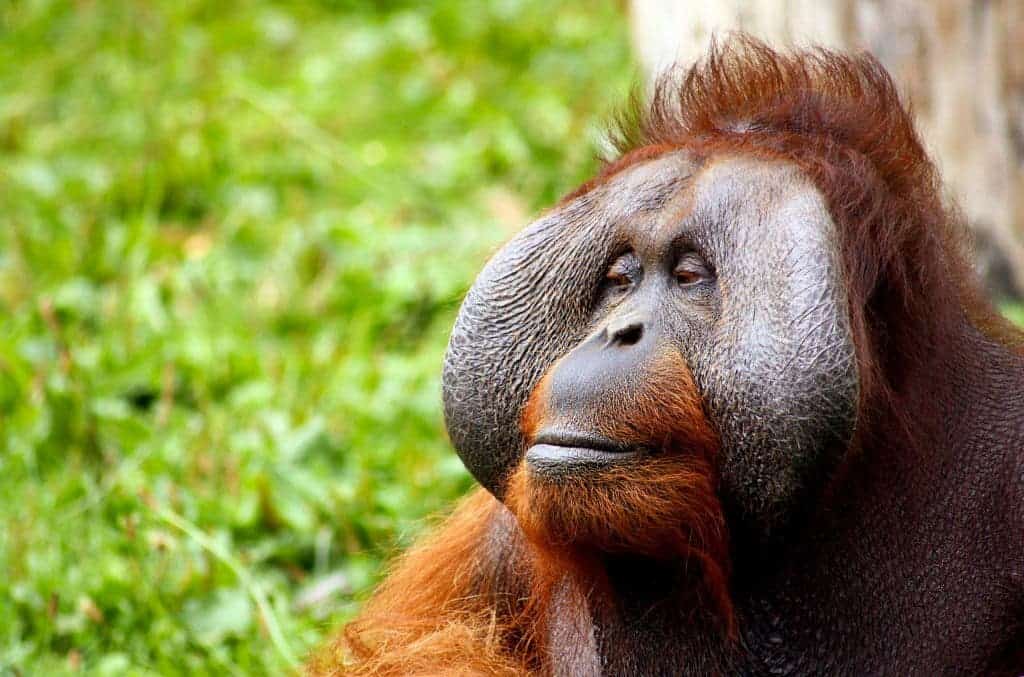The results of a new study suggest that affective forecasting, the ability to navigate new situations based on previous experience, is not limited to humans, as previously believed.
When you make a decision, your brain looks at every piece of experience it has at its disposal, selects those that are relevant to the situation, and then tries to determine the outcome of your choices based on them to determine the best course of action.
Up to now, the consensus was that only humans have this ability while non-human animals use the age old trial-and-error method. But a new study, led by Gabriela-Alina Sauciuc of Lund University in Sweden, comes against this belief.
In the study, a 21-year old Sweedish zoo orangutan was required to mix new blends of juices from a set of 4 ingredients (cherry, lemon, rhubarb and vinegar). The animal proved to know whether it will like or dislike the taste of the drink based on how he recombined relevant memories from the past, without having tested the specific juice mix before. The team developed a non-verbal test to assess how an animal reacts to new tastes.
The orangutan, named Naong, was joined by ten people aged between 20 and 35 years old, who would serve as the human reference.
The tests took part in two steps — a transparent and a concealed situation. In each of the trials, participants were presented with three bottles containing 10 ml of an ingredient each.
“The content of one bottle was then poured into an adjacent bottle, so that two ingredients were mixed in front of the participants resulting into a novel drink,” the team writes. ”
The empty bottle was removed from the table and the participants had to choose between 10 ml of a familiar ingredient and 20 ml of a novel mix.”
The only difference was that while in the transparent condition the bottles and their ingredients would remain fully visible, in the concealed trial two were only shown to participants for 8-10 seconds prior to mixing. The third was left visible until poured into one of the concealed bottles, then the bottle was removed.
Prior to the experiment, Naong went through a series of trial experiments until he understood how the liquids interact when mixing (how their volumes sum up, taste changes, etc,) and additional training with the four ingredients to be used to determine his preference for them.The trial experiments were performed with four different flavors.
The team found that both the human subjects and Naong consistently made choices based on their preferences for the ingredients. Even more, Naong’s performance in this regard was within the range of that shown by the humans. He made consistent choices when faced with novel situations, in stark contrast to the trial-and-error behavior we would expect. This means that Naong was just as capable of predicting whether the final mix would be tasty or not as a human.
At the end of the experiment, the researchers found that Naong’s choices throughout the experiment matched his preferences for the mixes determined prior to the experiment. This indicates that his choices were indeed guided by predictions concerning the taste of the never-before-experienced mixes.
“The orangutan, just like humans, seems to have been able to make hedonic predictions concerning never-before experienced events,” says Sauciuc.
She adds that this relationship was confirmed when the data obtained in the study were incorporated into statistical models.
The full paper, titled “Affective forecasting in an orangutan: predicting the hedonic outcome of novel juice mixes” has been published online in the journal Animal Cognition.










